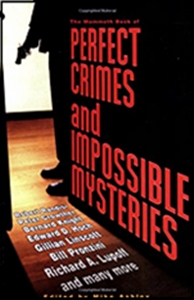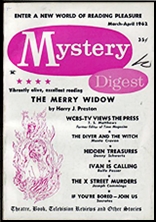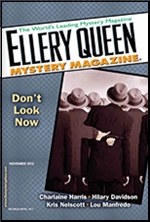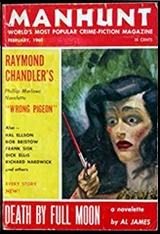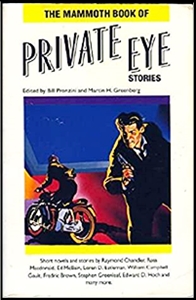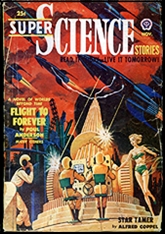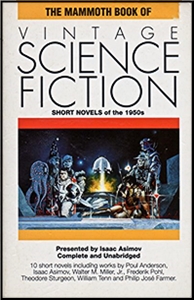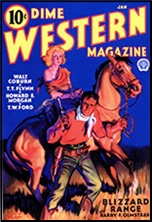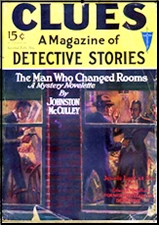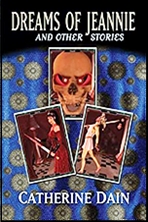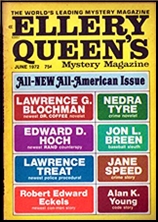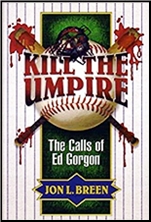Mon 27 Apr 2020
Pulp Locked Room Mysteries I’m Reading: J. J. des ORMEAUX “The Poisoned Bowl.â€
Posted by Steve under Pulp Fiction , Stories I'm Reading[5] Comments
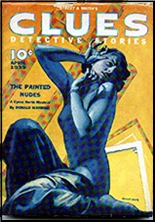
J. J. des ORMEAUX “The Poisoned Bowl.†Novelette. First published in Clues Detective Stories, April 1939. Reprinted in The Mammoth Book of Perfect Crimes and Impossible Mysteries, edited by Mike Ashley (Running Press, softcover, 2006), as by Forrest Rosaire.
I used the term “Locked Room Mystery†up there in the heading, but that’s only in the loosest of terms. “Impossible Mystery†is far better: in “The Poisoned Bowl†a man falls dead of an instantly fatal poison with several people standing around him and no one giving him anything to eat or drink, including himself. How could it be done?
It’s an interesting question, and J. J. des Ormeaux, a modestly prolific pulp writer whose real name was Forrest Rosaire, does his best to confuse the issue by a lot of hand-waving and other such means of distraction. Lots of coincidences, in other words, not to mention keeping relevant information from the reader. The final result is a veritable hodge-podge of a story, but … it all does make sense in the end, sort of.
A question is, could a better writer (or editor) have taken this story, cleaned it up and made something more presentable out of it? Answer: There’s a germ of a good story at the base of it, so I’d like to think so, but in all honesty, without the hand-waving and the holding back of vital information from the reader, it would be awfully tough. Fun to read, especially if you love pulps, but all in all, no cigars for this one.
